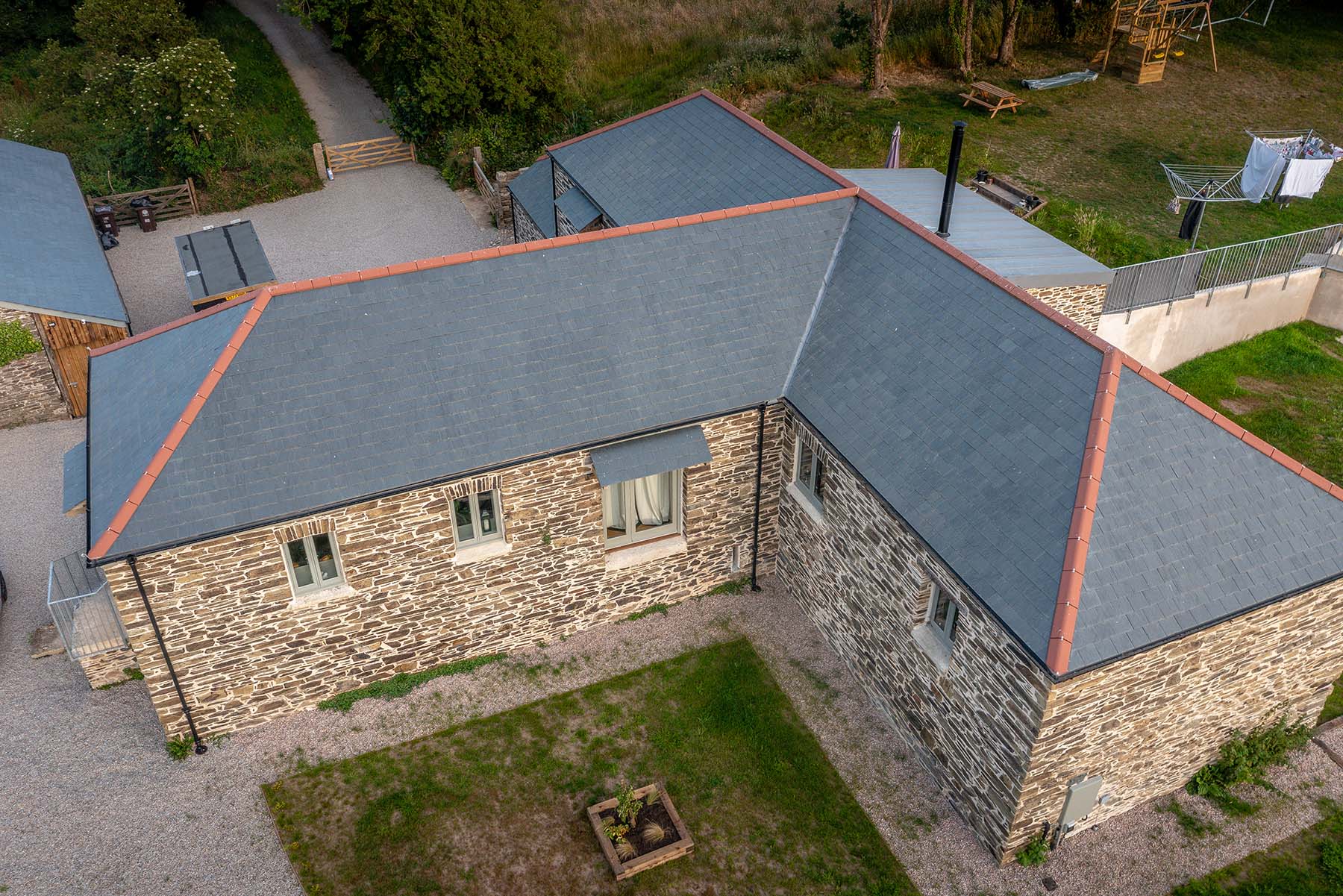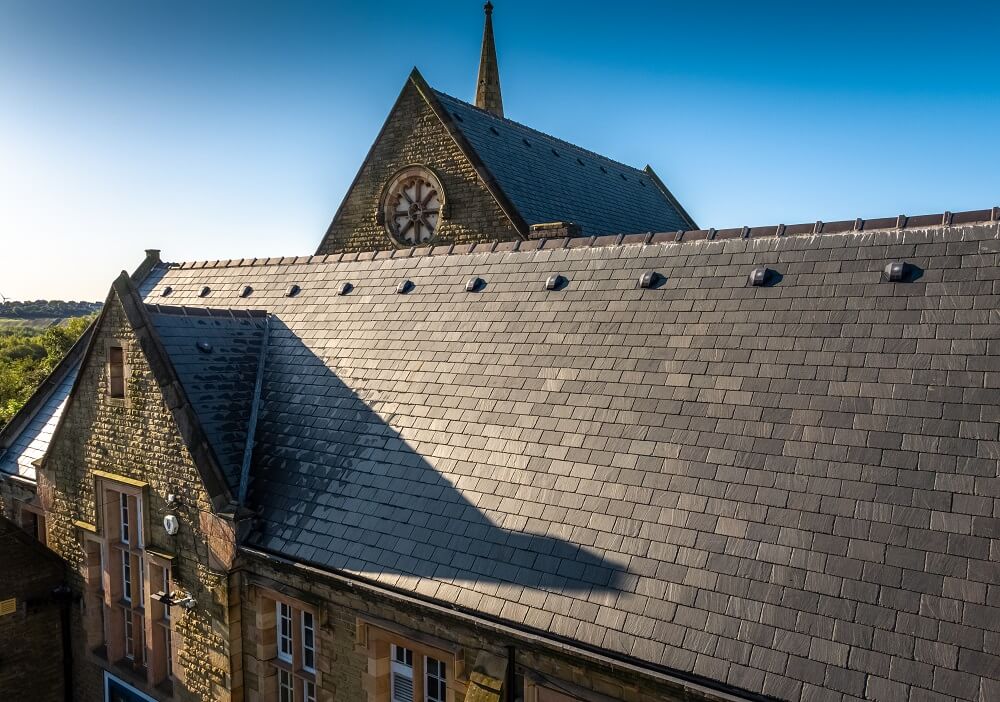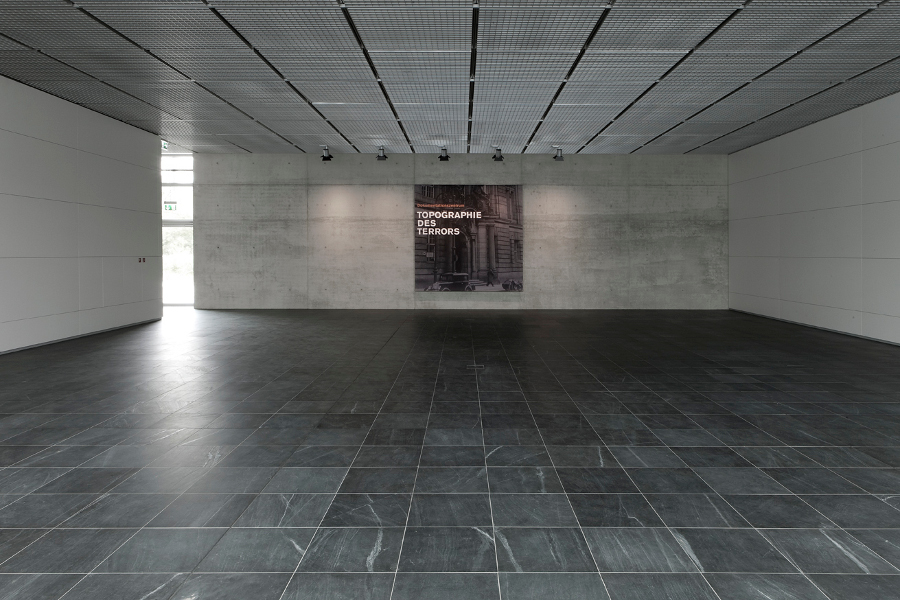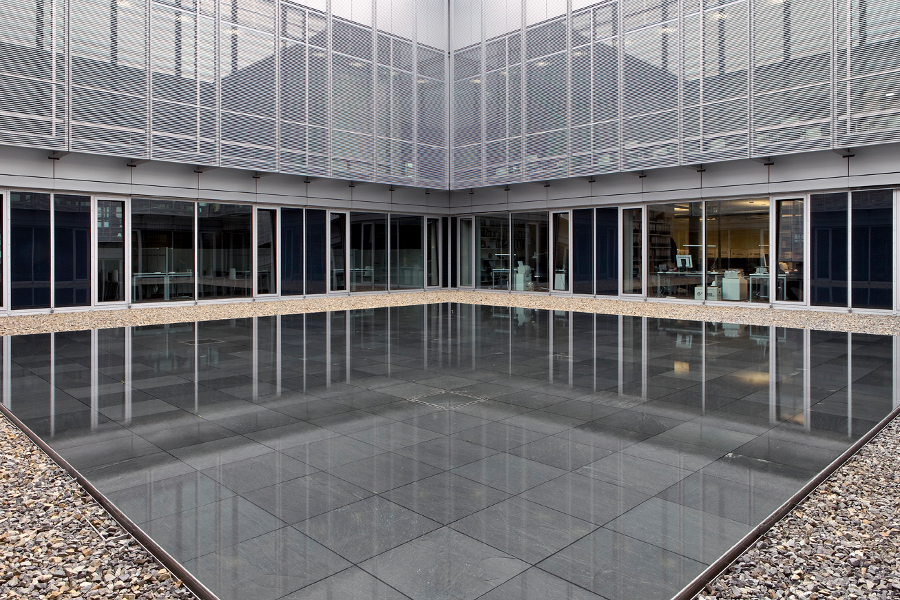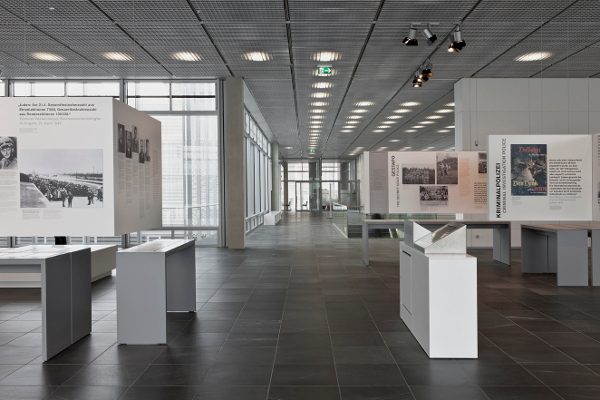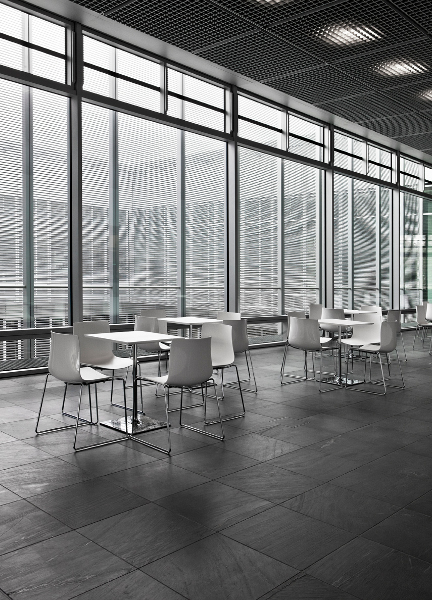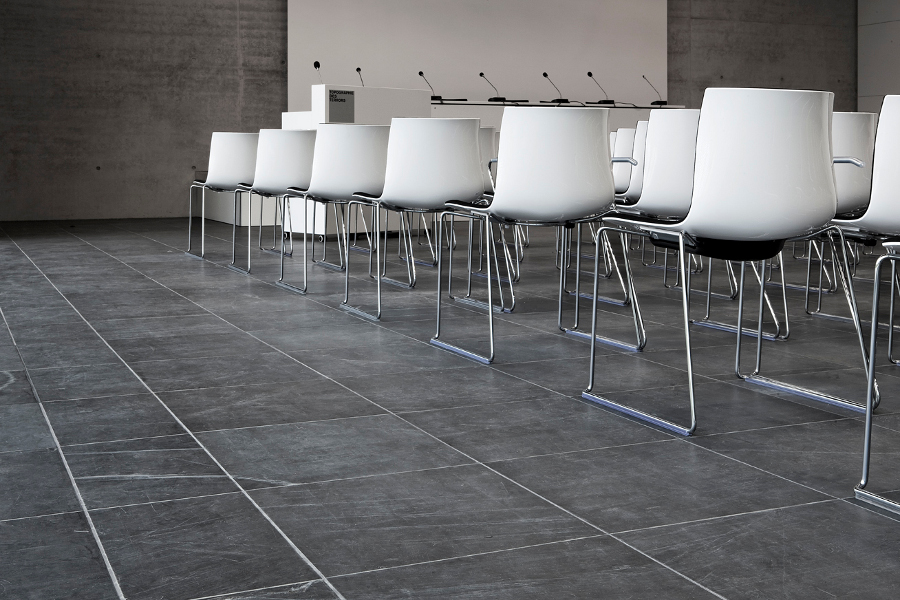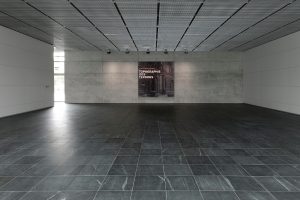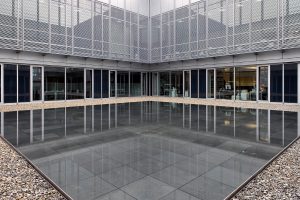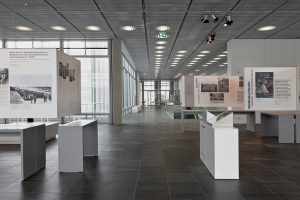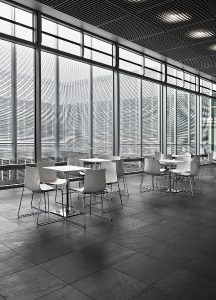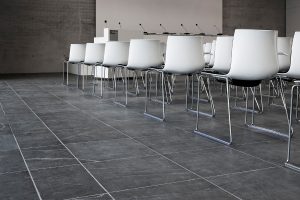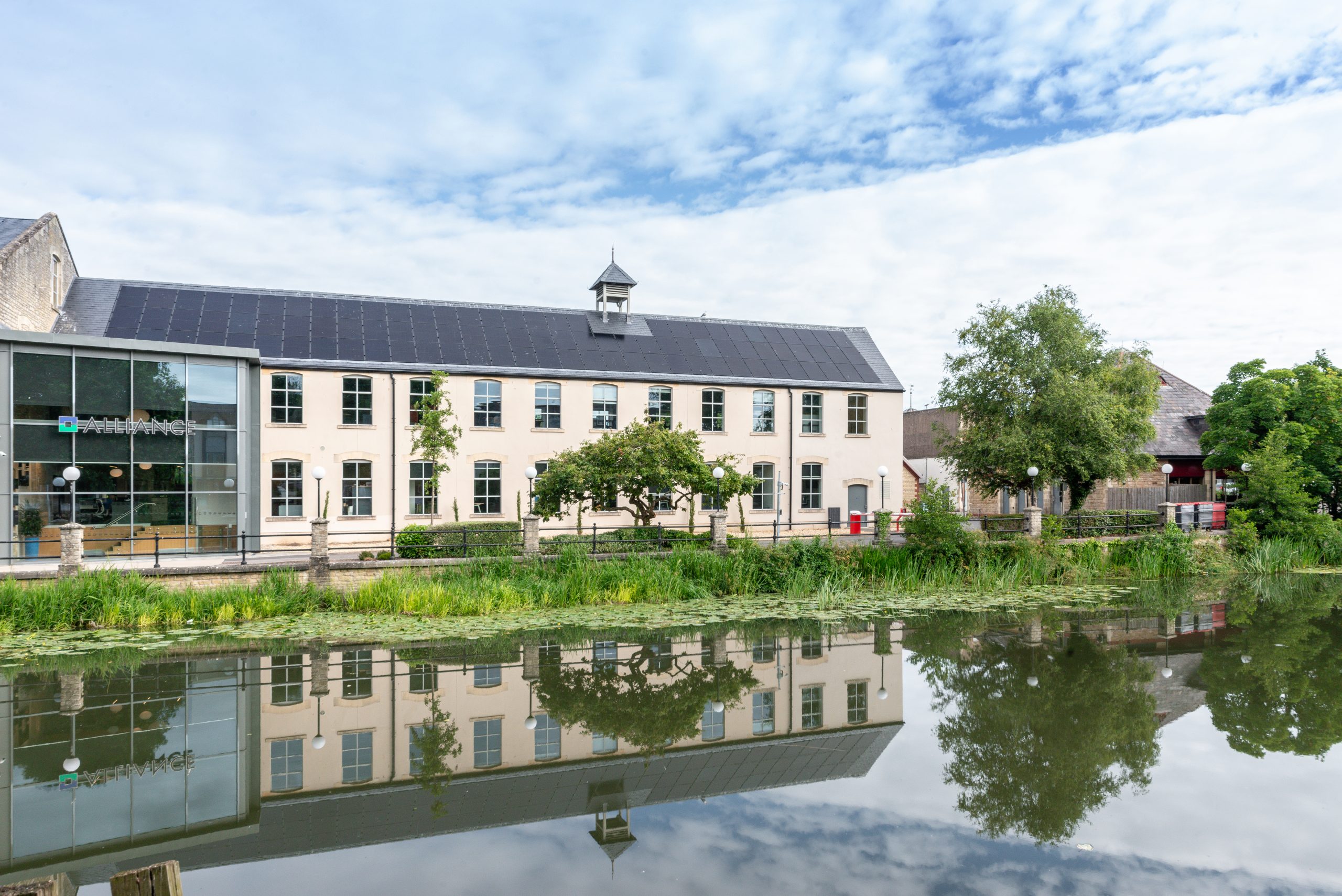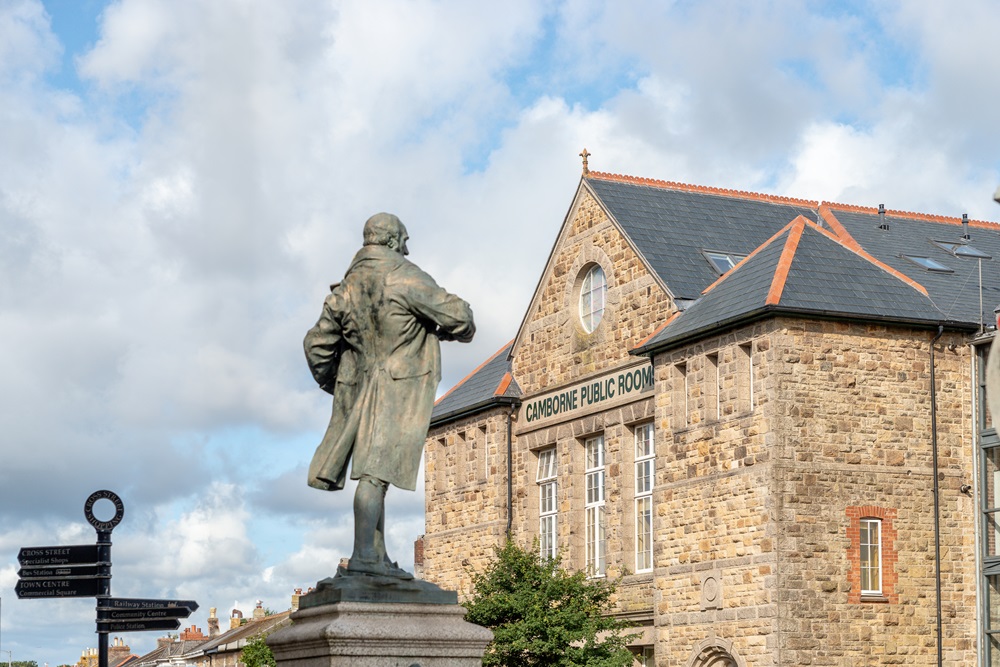Berlin, Germany
Heinle, Wischer und Partner,
SSQ Riverstone® architectural stone
Products Used
The Topography of Terror museum opened to the public on the 7 May 2010, exactly 65 years to the day after Germany’s unconditional surrender ended the Second World War in Europe. Located in the centre of Berlin, the museum occupies part of the site of a complex of buildings that once formed the headquarters of much of Nazi Germany’s state security regime: the SS, SD, Gestapo and RHSA. In 1986, while the area was prepared for redevelopment, the discovery of large sections of the original cellar walls of Prinz-Albrecht-Strasse 8, the Gestapo’s offices, prompted a citizen’s campaign to conserve the remains of what had once been its notorious ‘house prison’. Within a year, the barren site, land once occupied by buildings that had housed a murderous terror machine, had become a memorial and open-air exhibition that used the remains of the cellar walls as a chilling backdrop.
Two decades later, with over half a million people visiting the site, work started on architect Ursula Wilms’ prize-winning design for a permanent, €25 million, state-funded exhibition centre and library. Thankfully, the new building makes no attempt to interpret the site’s history in its design: it’s a square, two-storey, glass and steel structure located in the centre of the site, its central courtyard and glass walls cleverly mirroring the canopies over the original cellar walls and allowing visitors freedom to see the outside world from anywhere on the ground floor.
A ‘grey natural stone’ was specified for the museum’s flooring, the design calling for the same material to be used inside the building, for the central courtyard and for the paths leading to the cellar-wall exhibits. Ursula Wilms chose SSQ Riverstone® architectural stone with a Brushed Antique finish to provide a hard wearing, slip-resistant surface. Of the 5,370m2 supplied for the project, almost 75% were calibrated to a fine tolerance and cut to a precise 49.6 x 49.6cm square.
